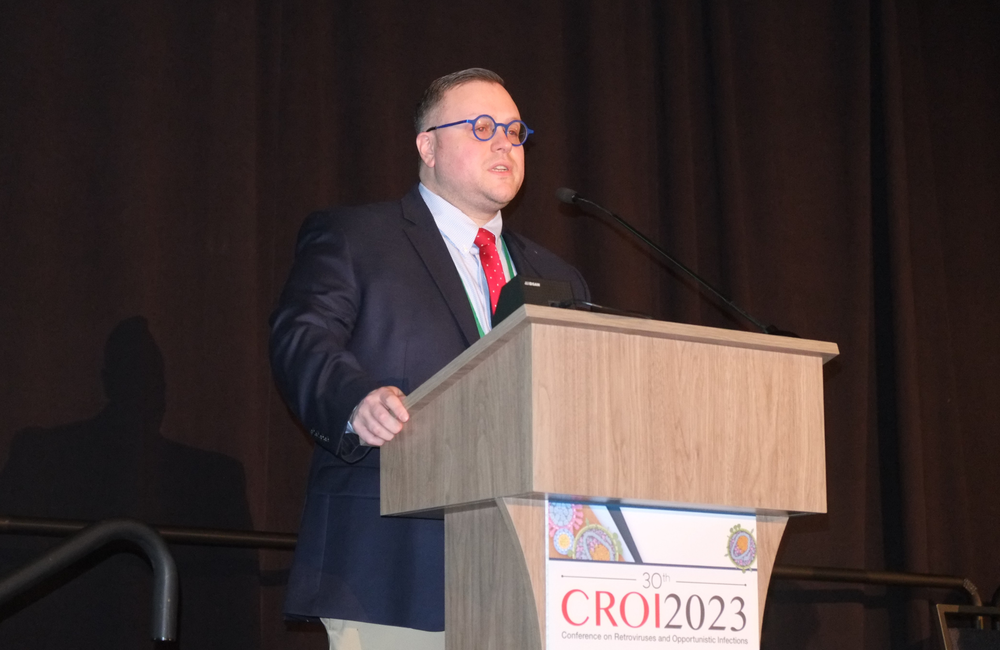
The Conference on Retroviruses and Opportunistic Infections (CROI 2023) took place in February and saw some really interesting research presented about injectable HIV treatment and pre-exposure prophylaxis (PrEP). Here are some highlights.
There was some good news for women with regard to PrEP, as a study found that quarterly dosing may work. The research showed remarkable efficacy for cabotegravir used as PrEP in cisgender women. It found that most women would still have protective drug levels up to 14 weeks after their last injection.
HIV infections acquired while on injectable PrEP may take a very long time to be spotted. People may have few (if any) symptoms, their viral load is often low, and their infection might not be picked up by tests for months. This syndrome has now been given a name: Long-acting Early Viral Inhibition or LEVI. However, it remains rare.
Research from a safety-net HIV clinic in San Francisco shows that long-acting cabotegravir and rilpivirine may be feasible for people without viral suppression. The injectable regimen was given to people who had been unable to achieve or maintain viral suppression due to challenges with adherence to oral therapy. Many of the patients in the study were dealing with substance use and unstable housing. Using the long-acting regimen, with extensive support from the clinic, 55 of the 57 people with a detectable viral load were able to achieve viral suppression.
A new study has found that switching to injectable cabotegravir and rilpivirine rarely affects body weight. Researchers compared people continuing treatment with Biktarvy (bictegravir / tenofovir alafenamide / emtricitabine) to those switching to injectable cabotegravir and rilpivirine. They found that the median changes in body mass index, total body fat and total muscle mass were minimal in both groups.
Lenacapavir given alongside broadly neutralising antibodies (bnAbs) may offer a twice-yearly treatment option. In this new study, 90% of people who received injections of lenacapavir (Sunlenca) plus infusions of two long-acting bnAbs had an undetectable viral load six months after stopping their existing antiretroviral therapy.
